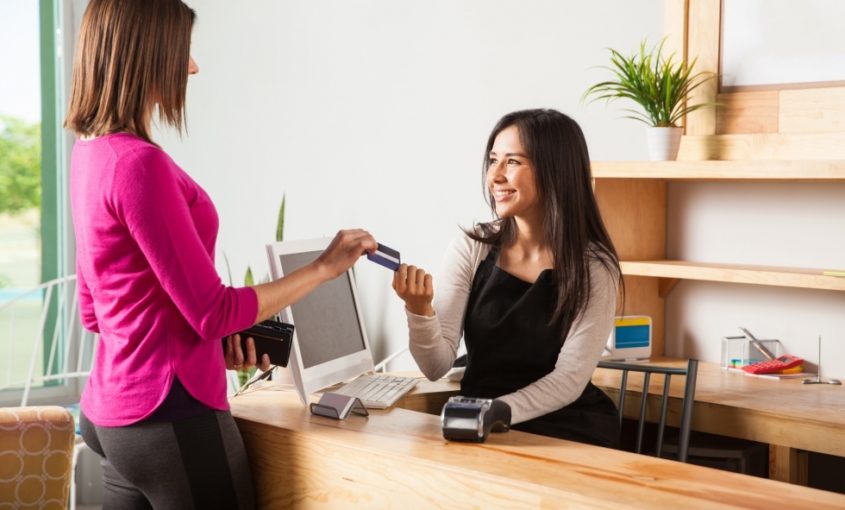The digital shift in payment – convergence of mobile payment and Point of Service
Mobile payment is so well established now that we give it little thought – we expect to be able to pay anywhere.
Point of Sale has traditionally been the checkout point in retail stores – built for security and control, but not necessarily with the flexibility to embrace new forms of payment such as mobile.
But whilst POS systems and mobile payment pin pads are both well established technologies, what has been far more elusive until now is the ability to bring them together – that is, to offer mobile payment with full transaction capability. .
We see a major shift occurring with Point of Service and payment converging. It is a shift driven by consumers’ demand for convenience and for being able to transact the way they prefer – and, as we know, the consumer is gaining increasing power and control over this choice.
This shift is good for the customer, and good for retailers, who realise that simply capturing payment is not enough. A ‘stand-alone’ payment transaction – that is, one that is not linked to transaction data – not only means that you have to manage reconciliation, but that you also miss out on capturing the full details of the transaction. These details – the customer, the product, accurate pricing, loyalty – are the very essence of customer insight!
So what does this convergence mean in practice?
What it means is that instead of just making a payment at the pop-up store, the retail customer can swipe her loyalty card and have the points instantly added to her balance, she can use a gift card and the retailer can update inventory and financial systems in real time, saving the cost of end of day reconciliation.
It means that the field service engineer can instantly update the inventory system to show the parts he has used, and send digital receipts for payments.
It means that local government can offer self-service payment kiosks that update back end financial systems in real time.
It means that healthcare providers can update patient medical records at the same time as taking payment.
Payments and POS have co-existed for many years, but their convergence creates a complete transaction record and new source of valuable business data. Payment and POS convergence enables reduced time and cost of reconciliation to back end systems, and drives customer satisfaction and loyalty.
It is time to embrace the shift to consumer choice and re-align to capturing and utilising the data that matters.

